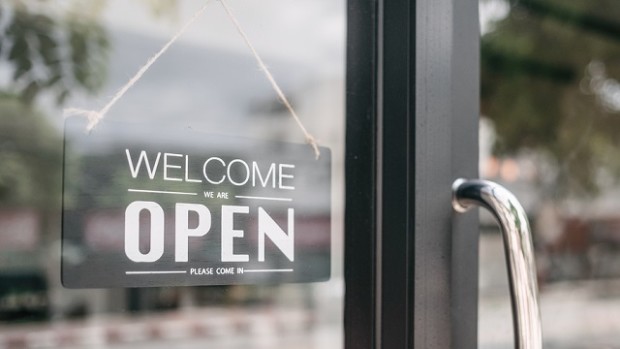
Australian governments must stand ready to introduce substantial stimulus policies to boost demand as the coronavirus crisis subsides, otherwise it could see the economy suffer a long and deep recession, the Grattan Institute warns.
In a new analysis, the think tank says Australia could face an employment rate as high at 16 per cent, even taking into account the federal government’s $130 billion JobKeeper initiative.
“History tells us that recovery from a period of high unemployment is rarely fast,” the institute says.
“The longer the downturn goes, and the worse it gets, the less likely the labour market can spring back.”
As such, the institute says Australian governments should stand ready to introduce substantial fiscal stimulus policies to boost aggregate demand as the public health crisis subsides.
“Direct cash transfers to households could boost spending, accelerating the pace of economic recovery,” it says.
“Failing to provide that support will condemn many Australians to a long and deep recession, harming their long-term economic potential.”
The institute has calculated that between 17 and 28 per cent of Australians – 2.2 to 3.6 million people – could be out of work in the coming weeks as a direct result of spatial distancing measures now in place, “if they aren’t already”.
“The Commonwealth Government’s new JobKeeper wage subsidy will obscure much of the impact,” the institute says in a new report.
“Nonetheless, we expect the unemployment rate will rise to between 10 and 16 per cent.”
The institute concedes there is considerable uncertainty around estimates of job losses from COVID-19.
The Australian Treasury estimates the unemployment rate will peak at 10 per cent in the June quarter.
The International Monetary Fund predicts Australian unemployment will average 7.6 per cent this year, but rise to 8.9 per cent in 2021, while confirming this takes into account the JobKeeper package.
Last week’s labour force report showed the jobless rate just ticked up to 5.2 per cent in March from 5.1 per cent in February, although the data collection was concluded in mid-March and prior to the social distancing measures being put in place.
The institute expects more than half of all workers in the hospitality industry could be out of a job due to the virus.
Many workers in the education and training, retail trade and real estate sectors are also at risk.
“Younger Australians, people on low-incomes and women are likely to be the hardest hit because they are more likely to be employed in the occupations and industries most affected by the response to COVID-19,” it says.





